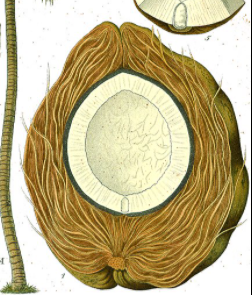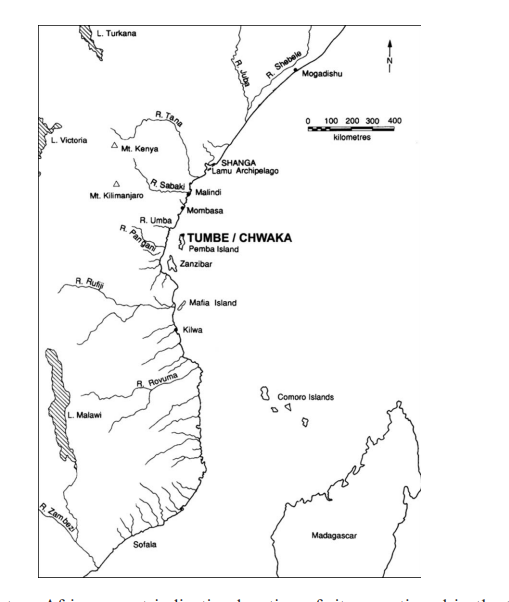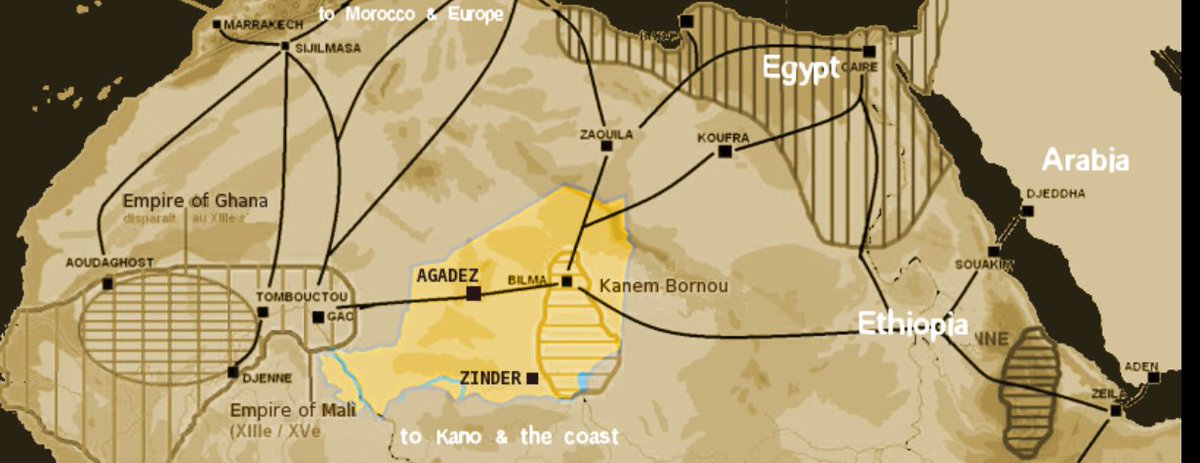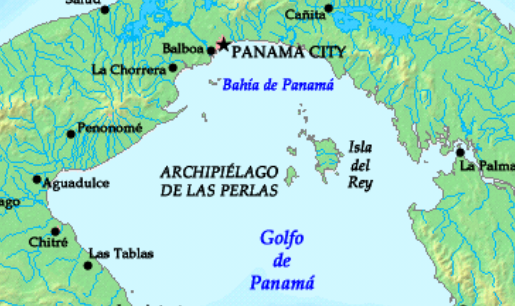Aw yeah. #cocotwistory in  https://abs.twimg.com/emoji/v2/... draggable="false" alt="🥥" title="Kokosnuss" aria-label="Emoji: Kokosnuss">
https://abs.twimg.com/emoji/v2/... draggable="false" alt="🥥" title="Kokosnuss" aria-label="Emoji: Kokosnuss"> https://abs.twimg.com/emoji/v2/... draggable="false" alt="🥥" title="Kokosnuss" aria-label="Emoji: Kokosnuss">
https://abs.twimg.com/emoji/v2/... draggable="false" alt="🥥" title="Kokosnuss" aria-label="Emoji: Kokosnuss"> https://abs.twimg.com/emoji/v2/... draggable="false" alt="🥥" title="Kokosnuss" aria-label="Emoji: Kokosnuss">,
https://abs.twimg.com/emoji/v2/... draggable="false" alt="🥥" title="Kokosnuss" aria-label="Emoji: Kokosnuss">,  https://abs.twimg.com/emoji/v2/... draggable="false" alt="🥥" title="Kokosnuss" aria-label="Emoji: Kokosnuss">
https://abs.twimg.com/emoji/v2/... draggable="false" alt="🥥" title="Kokosnuss" aria-label="Emoji: Kokosnuss"> https://abs.twimg.com/emoji/v2/... draggable="false" alt="🥥" title="Kokosnuss" aria-label="Emoji: Kokosnuss">,
https://abs.twimg.com/emoji/v2/... draggable="false" alt="🥥" title="Kokosnuss" aria-label="Emoji: Kokosnuss">,  https://abs.twimg.com/emoji/v2/... draggable="false" alt="🥥" title="Kokosnuss" aria-label="Emoji: Kokosnuss">...
https://abs.twimg.com/emoji/v2/... draggable="false" alt="🥥" title="Kokosnuss" aria-label="Emoji: Kokosnuss">...
First, the coconut is a lie.
It isn& #39;t a nut. It& #39;s a drupe, a stonefruit or berry, but instead of eating the fruit like a peach, we eat the pit, like coffee.
The & #39;coco& #39; part is also a lie, a colonial lie so old and well-told that we& #39;ve forgotten that English (in which I& #39;m writing) and other European languages had names for coconuts before colonialism.
We& #39;ll get to that. But first, we need to get to coconuts.
We& #39;ll get to that. But first, we need to get to coconuts.
Coconuts appear to have developed in their current form in the Maldives, but very early in paleohistory spread to India and the Philippines. Those aren& #39;t local, so I think we need to consider wide dispersal very early.
We see two varieties develop early too, neither domesticated, but at least one clearly selected: one has a thicker husk and shell, less meat and milk-- good for self-propagation across oceans. The other has a thinner shell, more milk and meat, and is easier for people to eat!  https://abs.twimg.com/emoji/v2/... draggable="false" alt="🤔" title="Denkendes Gesicht" aria-label="Emoji: Denkendes Gesicht">
https://abs.twimg.com/emoji/v2/... draggable="false" alt="🤔" title="Denkendes Gesicht" aria-label="Emoji: Denkendes Gesicht">
So it& #39;s clear that people were carrying coconuts with them across vast distances long before we have documentary evidence. Archaeological evidence of coconut& #39;s global, commercial spread increases beginning in the Roman empire (and we& #39;ll learn more about that tomorrow).
If coconuts are being carried (by people, not swallows) across the Indian Ocean before 200AD, then it& #39;s not surprising to find them on the eastern shores of the African continent by the early Middle Ages (climate-limited spread tho).
I& #39;m deeply skeptical of The Received Opinion that the Portuguese introduced coconuts to western Africa. I smell colonialist history, and it stinks. Northern African and transaharan trade routes are over a millennium older than Portuguese exploration--plenty of time for coconuts!
And, genetically, western African coconuts are Eurasian, rather than Pacific. This is how we know that Europeans introduced coconuts to the Caribbean, and the eastern shores of Central and South America. THIS is the period when suddenly the name & #39;coconut& #39; appears for the 1st time
Another stinky colonial history question are WESTERN central American coconuts. THESE are Pacific, genetically.
HOW DID THEY GET THERE??
HOW DID THEY GET THERE??
Well, predictably, lots of historians say that the Spanish brought them from the Philippines.
The problem is that the earliest Spanish accounts of this coast include what seem to be coconuts, already there, and growing in select climate zones.
The problem is that the earliest Spanish accounts of this coast include what seem to be coconuts, already there, and growing in select climate zones.
(And there& #39;s pretty solid consensus about Polynesian voyaging to that coast.)
There& #39;s a lot to say about this debate and the politics behind each side, but it nicely encapsulates some of the challenges of trying to get at history underneath colonial narratives.
There& #39;s a lot to say about this debate and the politics behind each side, but it nicely encapsulates some of the challenges of trying to get at history underneath colonial narratives.
Nevertheless, one way or another, by 1500 we can document coconuts growing entirely around the world, spread in large part by human hands.
Tomorrow, Roman Cocos! #Twittistorian #cocotwistory
Tomorrow, Roman Cocos! #Twittistorian #cocotwistory
(whoops, forgot to sign the thread!)
~KK
~KK

 Read on Twitter
Read on Twitter







